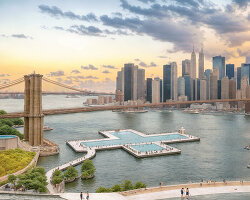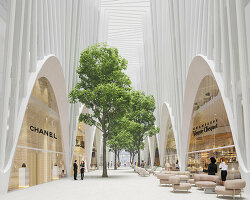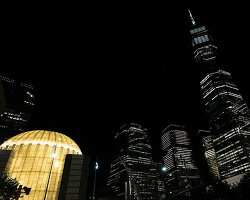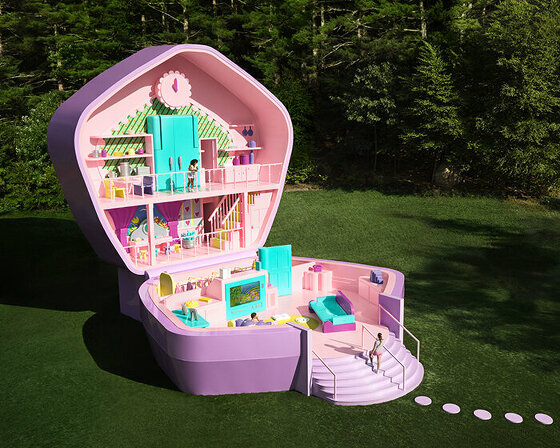
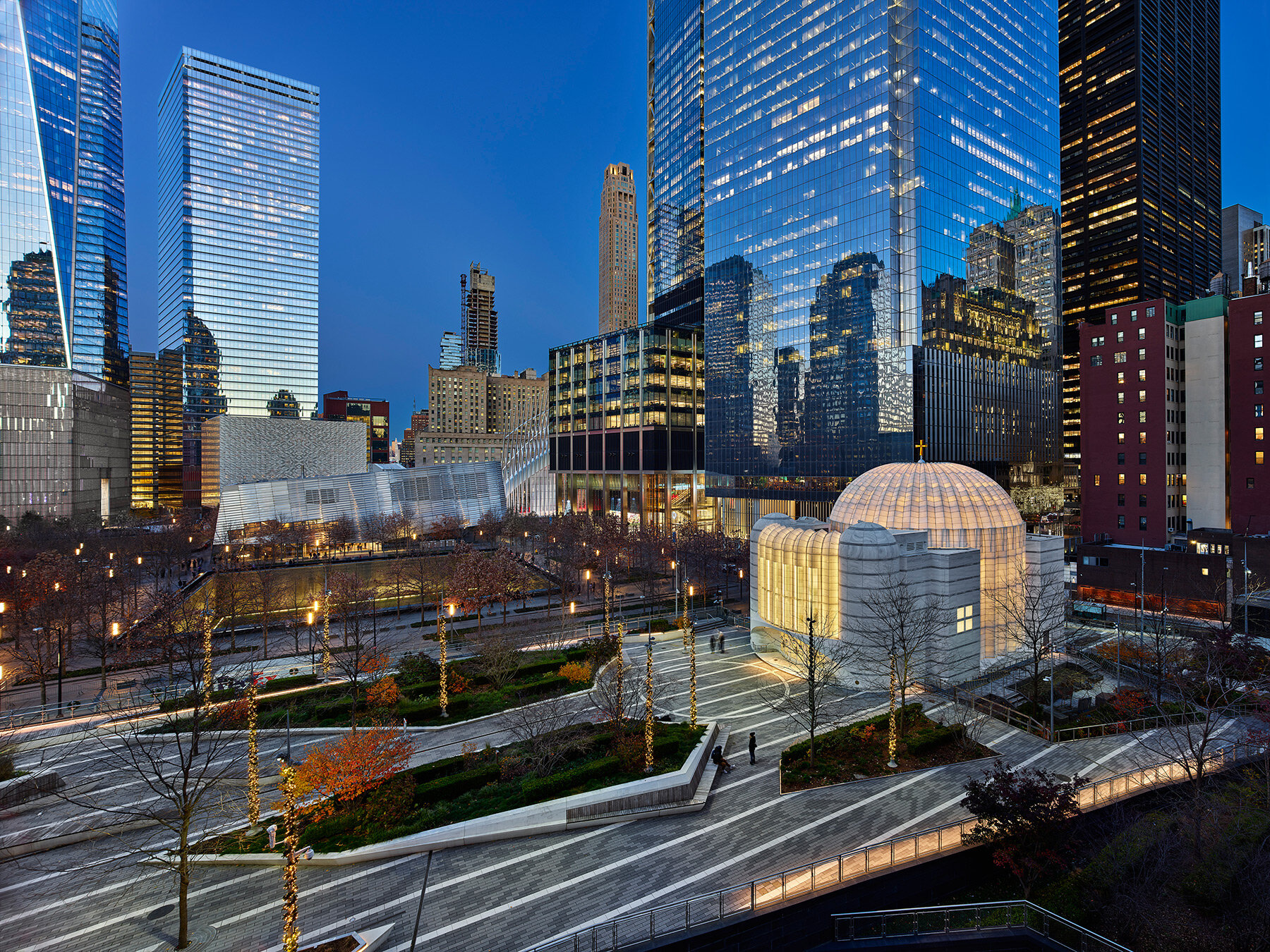
KEEP UP WITH OUR DAILY AND WEEKLY NEWSLETTERS
PRODUCT LIBRARY
the 1,400 sqm underground shelter includes five bedrooms, a swimming pool, a dance floor, a bar, a barbecue, and a sauna.
the museum is designed as two rotated blocks connected by curved surfaces to create a sculpturally twisting gesture.
to celebrate her 35th birthday, the pocket-sized doll is opening her vintage-themed, two-story slumber abode to fellow humans.
connections: +1580
the proposed design features two symmetrical crystalline buildings with illuminated atria and plant-filled rooftops.
connections: +820








